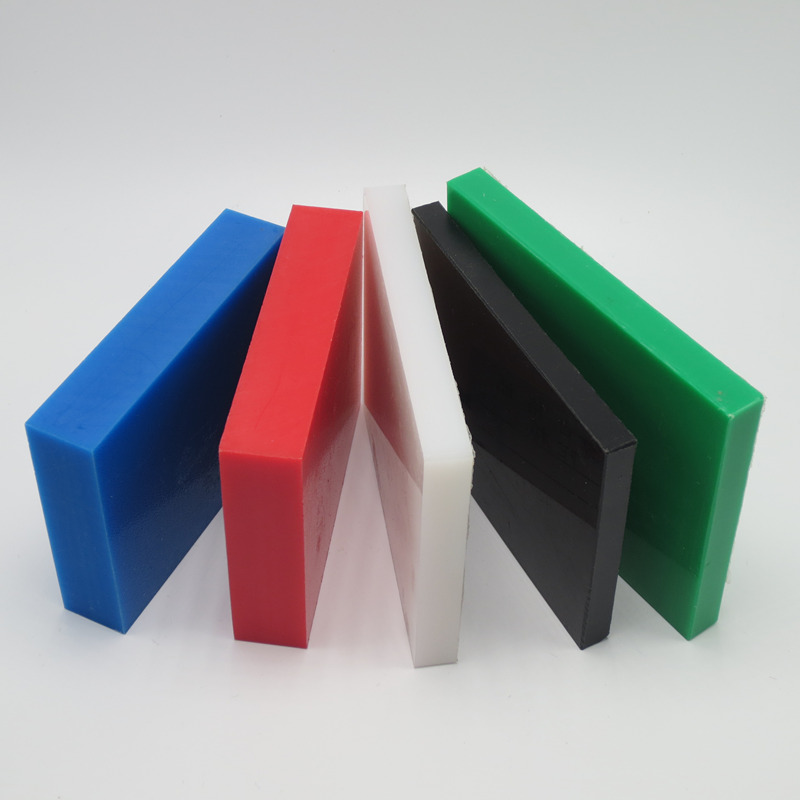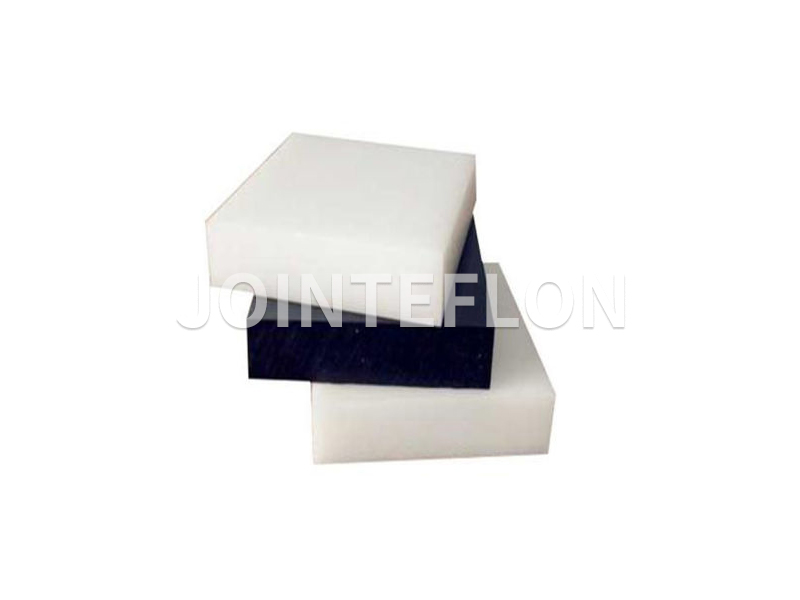Polyethylene (PE) is a common plastic made from ethylene in large quantities and is a popular material with a wide range of applications
Polyethylene is odorless, non-toxic, feels like wax, has excellent low temperature resistance (minimum operating temperature can reach -100~-70°C), good chemical stability, and can resist most acid and alkali erosion (not resistant to oxidation nature acid). Insoluble in common solvents at room temperature, low water absorption, excellent electrical insulation
Polyethylene is divided into high density polyethylene (HDPE), low density polyethylene (LDPE) and linear low density polyethylene (LLDPE) according to the polymerization method, molecular weight and chain structure.
There are three common polymer polyethylene variants to choose from: PE300, PE500 and PE1000
Polyethylene variant PE300
Of the three PE variants, PE300, also known as PE-HD ("high density"), has the lowest molecular weight. The polymer chains are relatively short compared to the other two variants. The material is relatively soft, easy to process, and can be used in container and equipment construction, among others.

Polyethylene variant PE500
PE500 - also known as PE-HMW ("High Molecular Weight") - has the highest density, strength, stiffness and hardness of the three variants due to its crystallinity. This PE plastic is the first choice if these properties are required, such as for certain electronic components or cutting mats.
Polyethylene variant PE1000
PE1000 has higher abrasion resistance. Due to its exceptionally high molecular weight, it is also known as PE-Ultra High Molecular Weight ("Ultra High Molecular Weight"). The extremely long molecular chains result in a particularly high impact strength, i.e. this PE plastic can absorb a lot of energy on impact without breaking.



